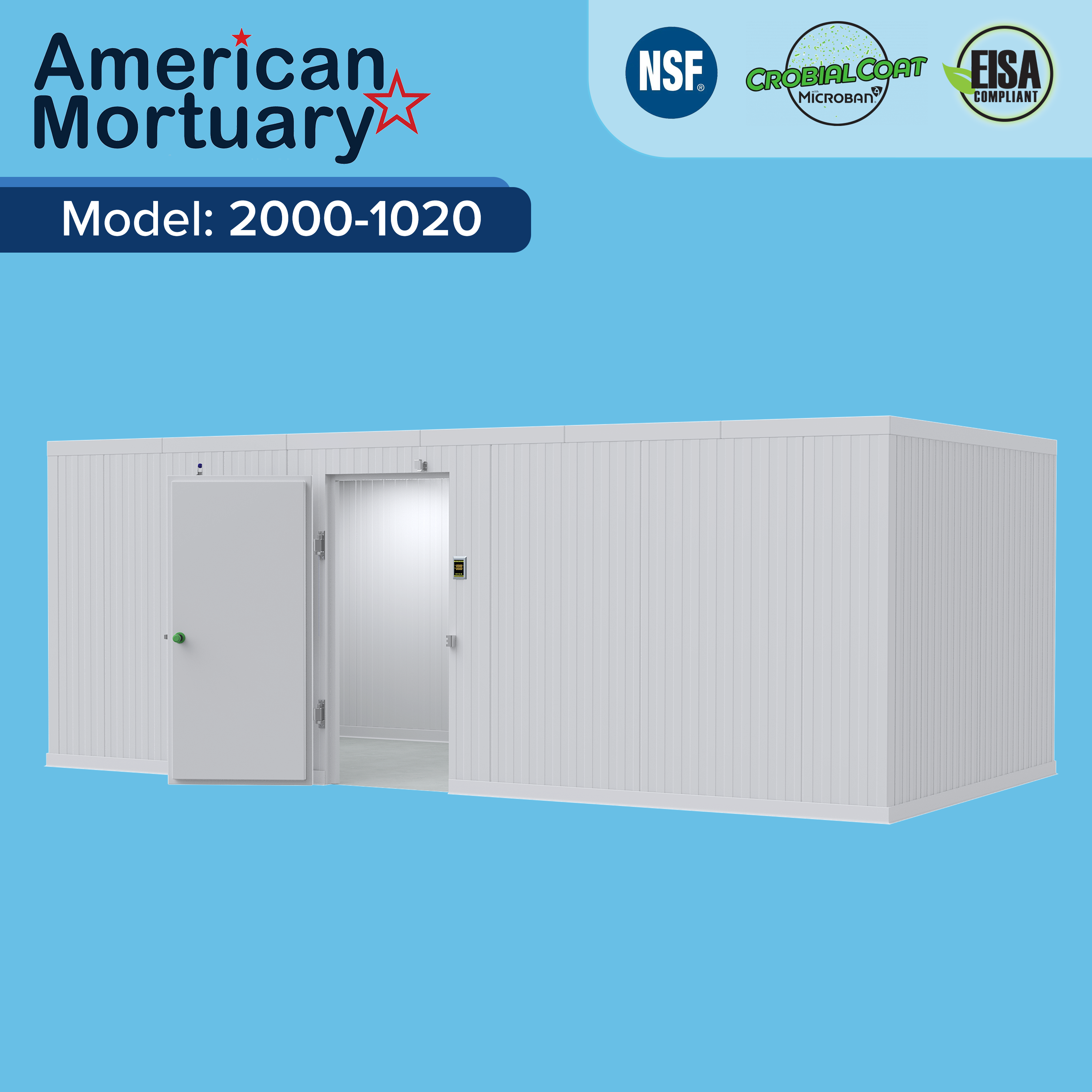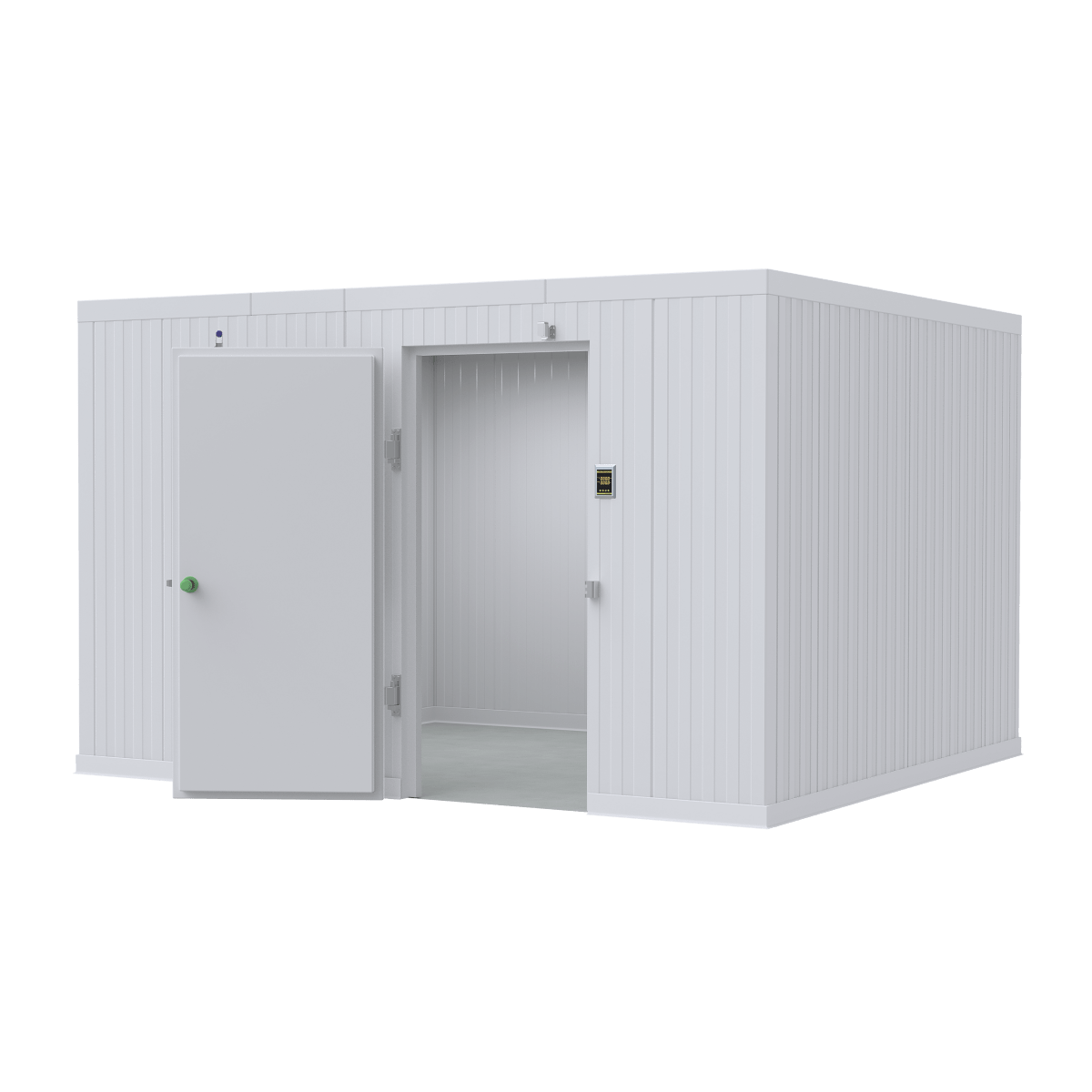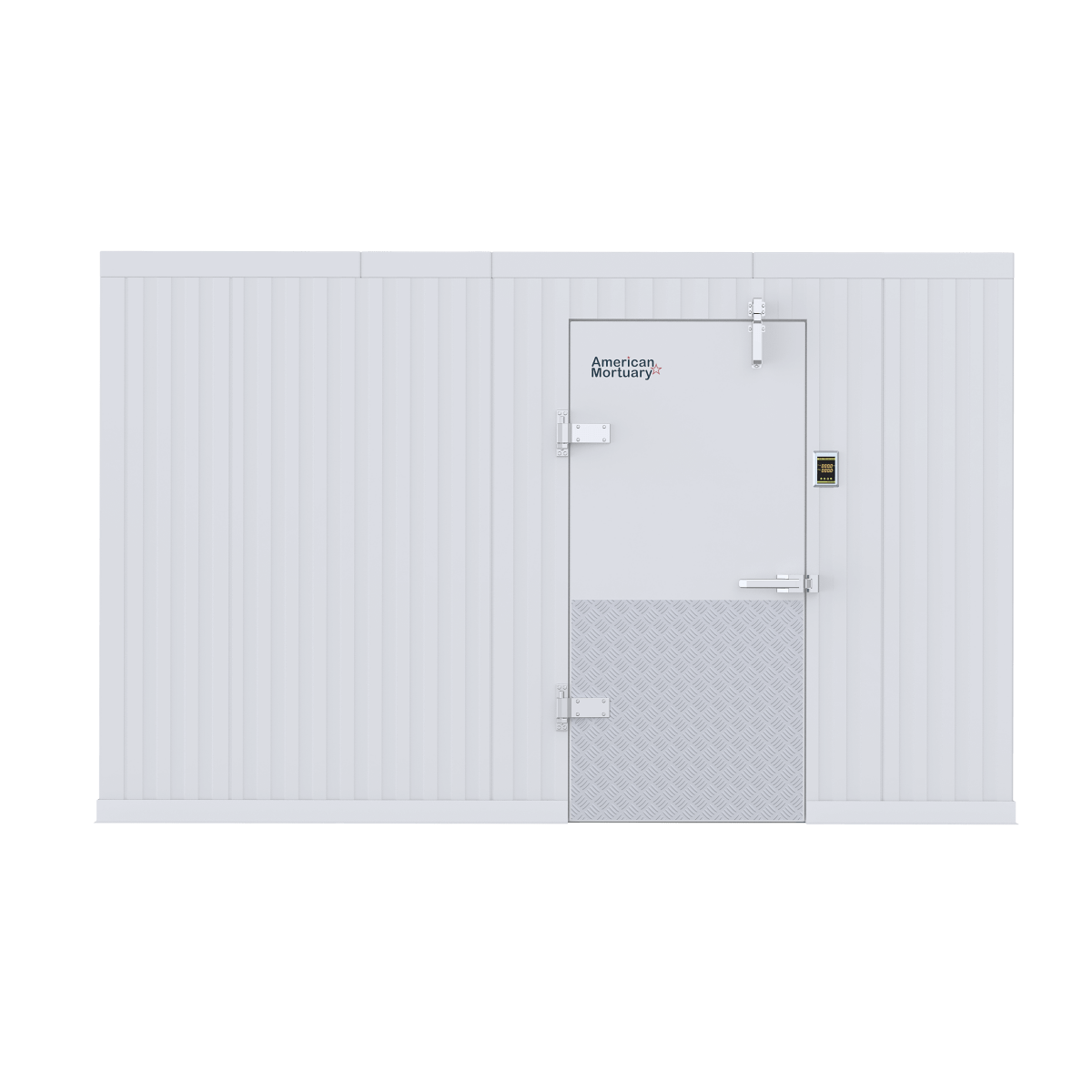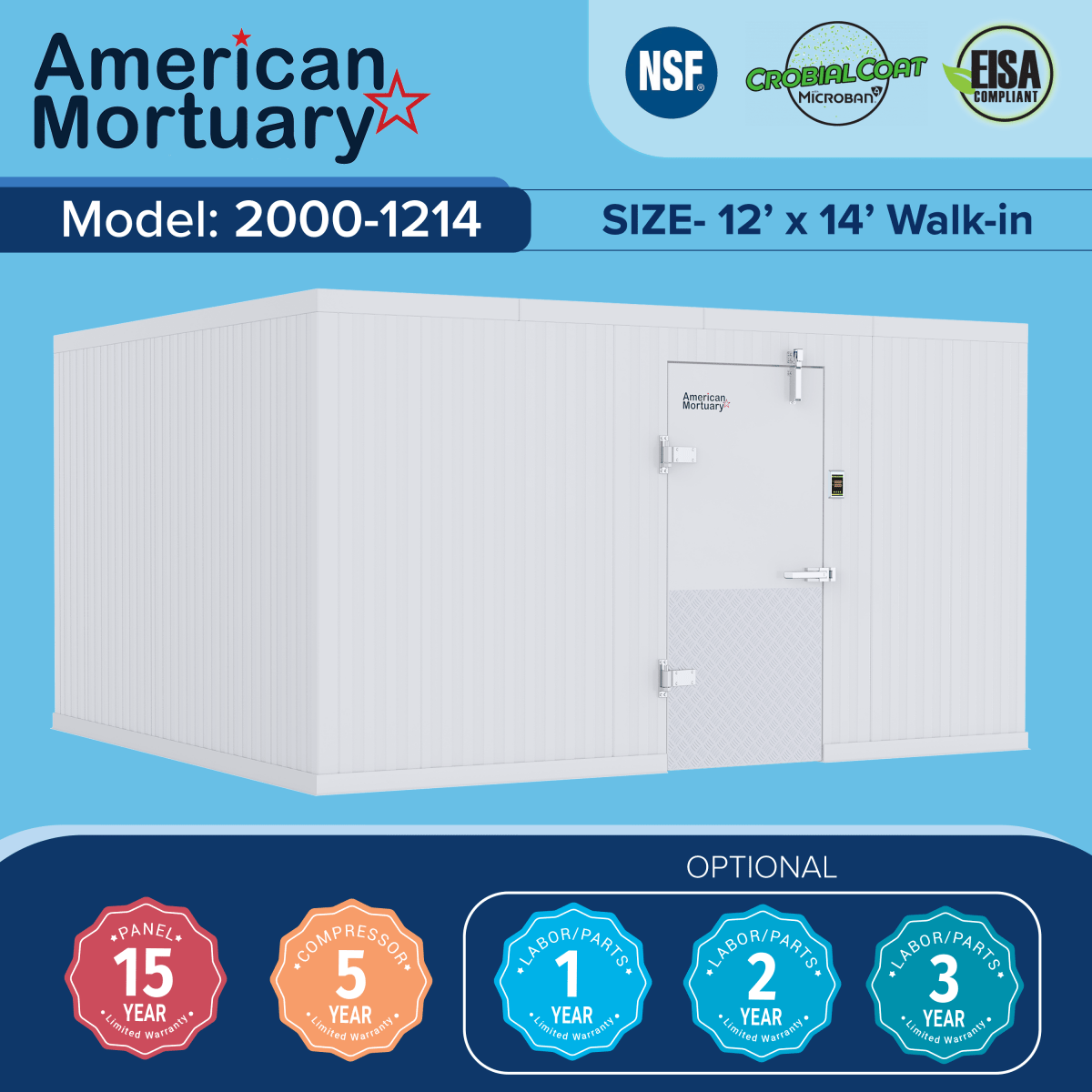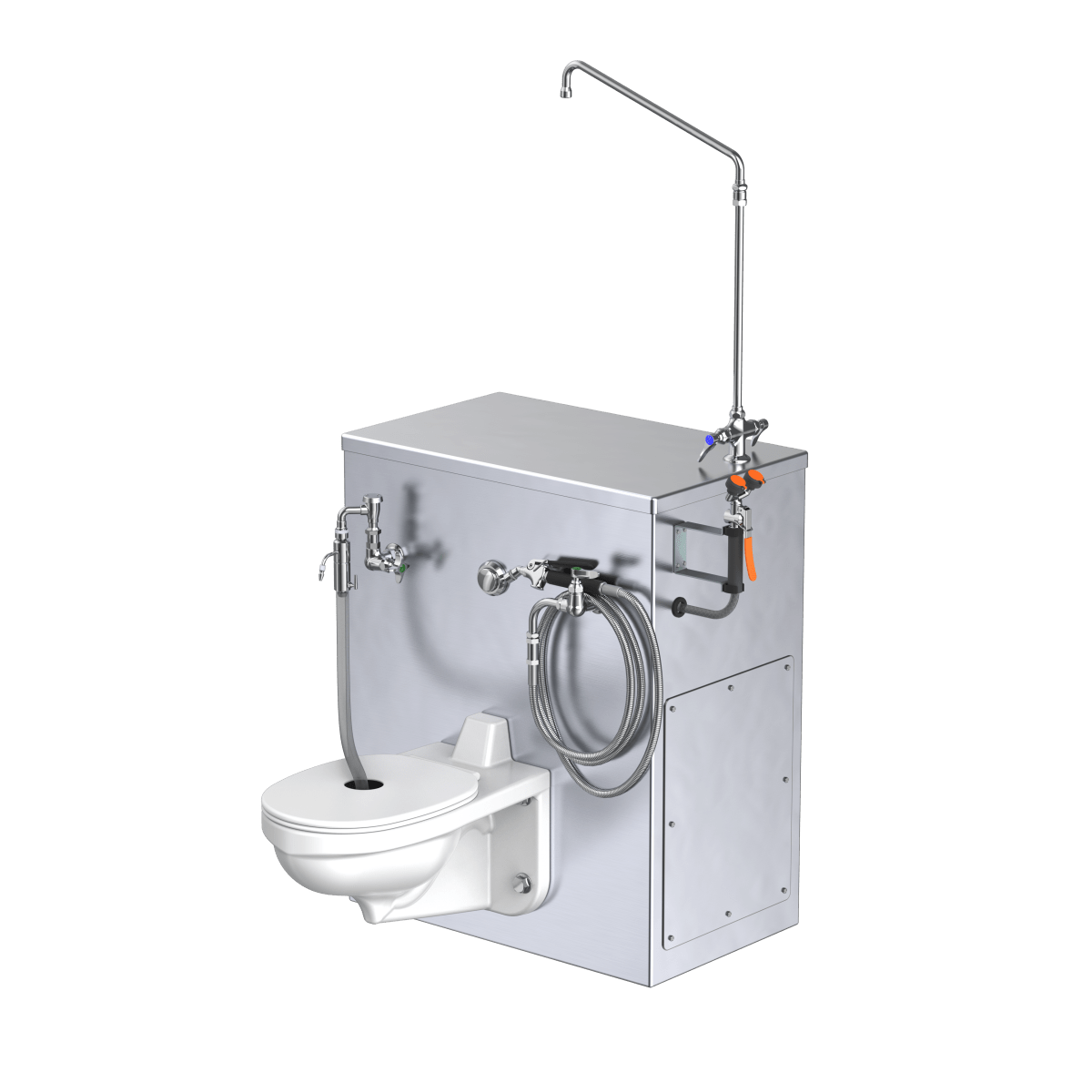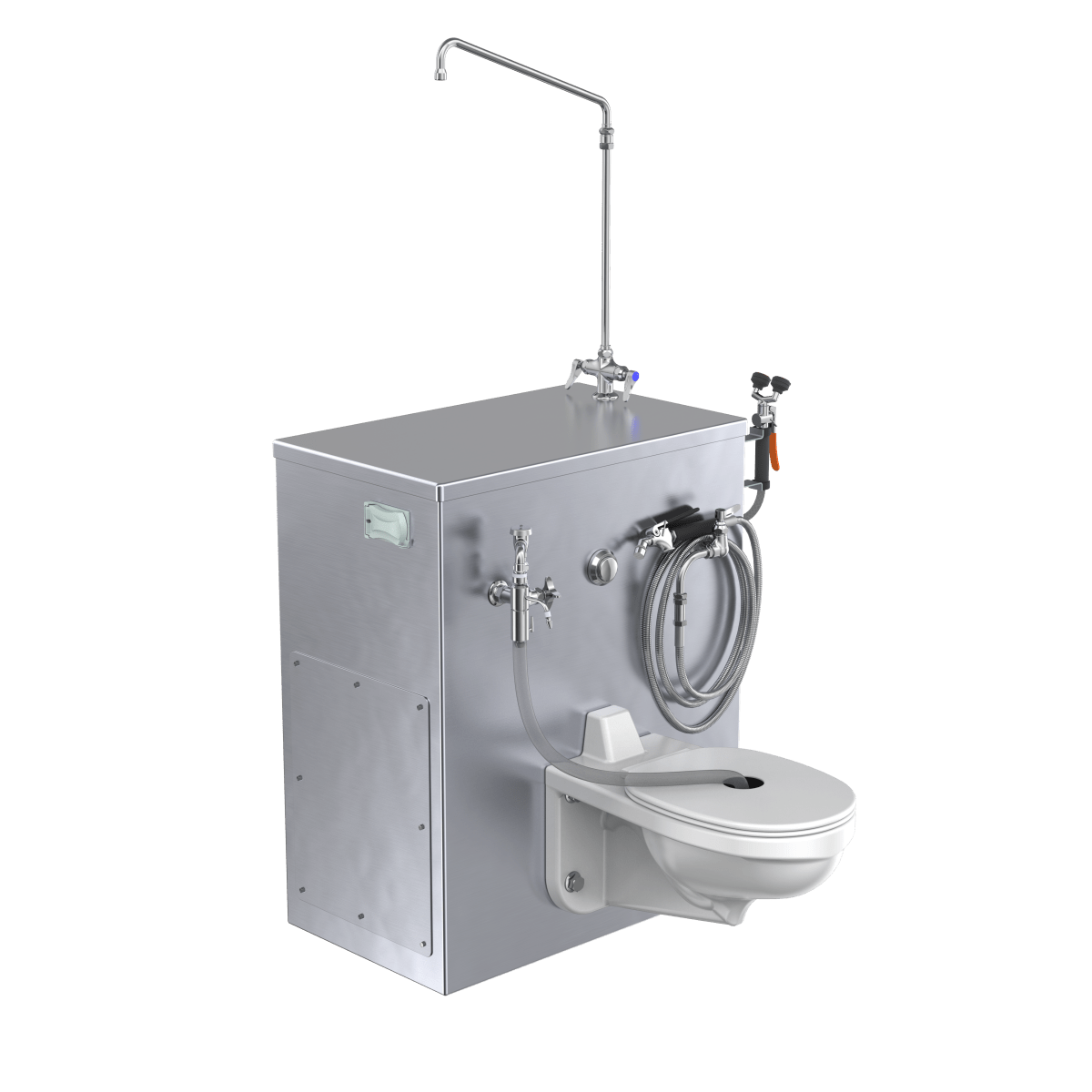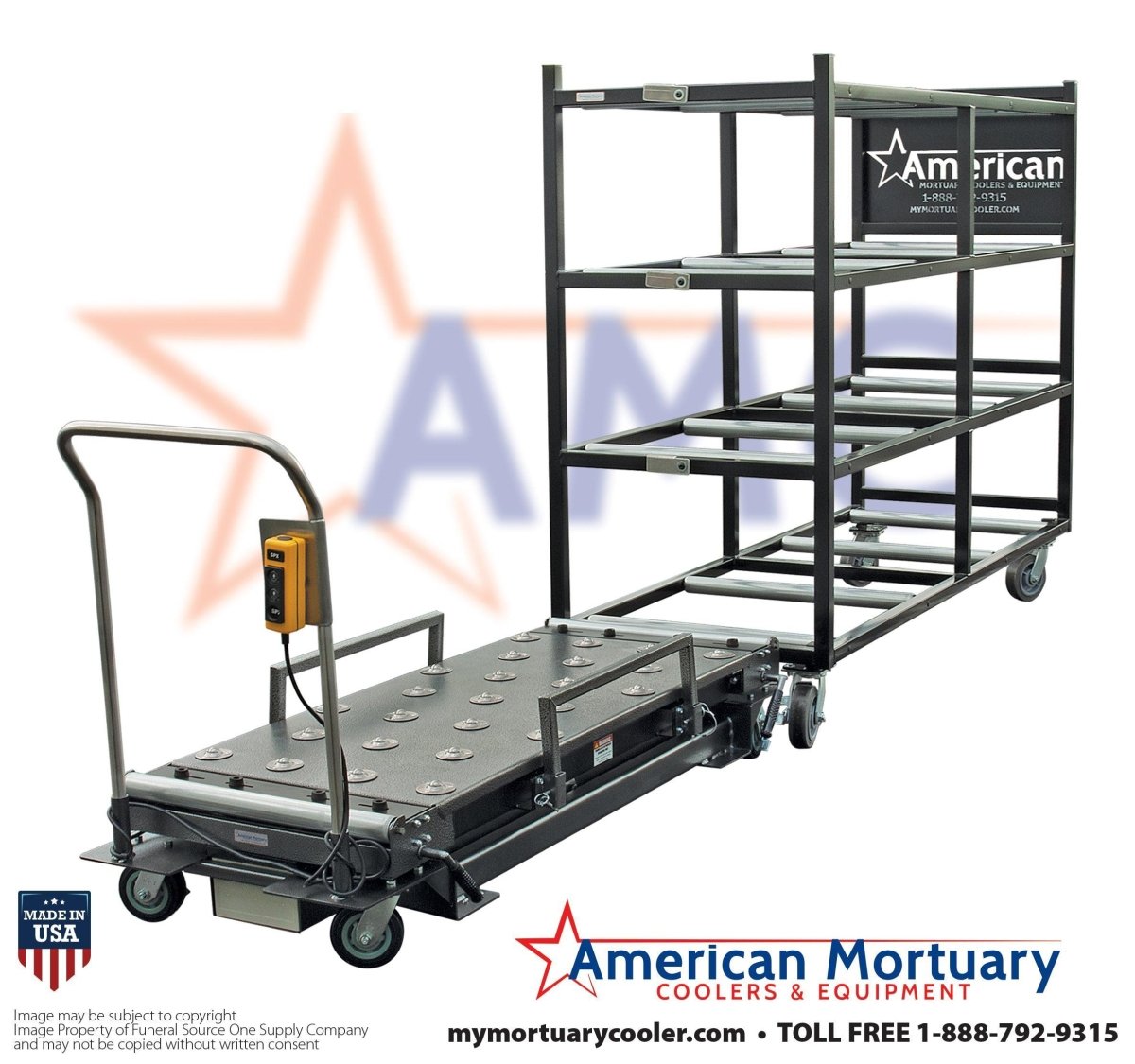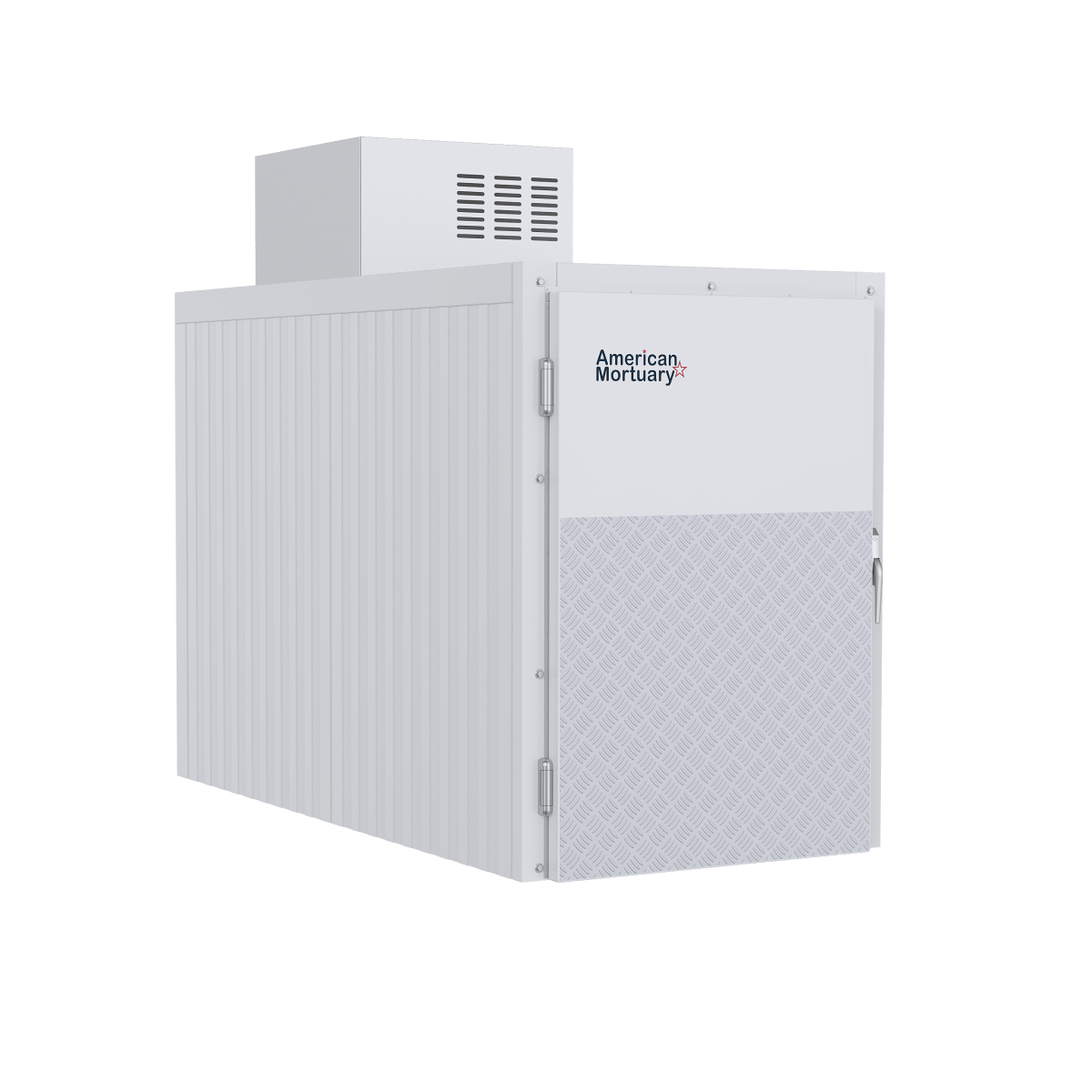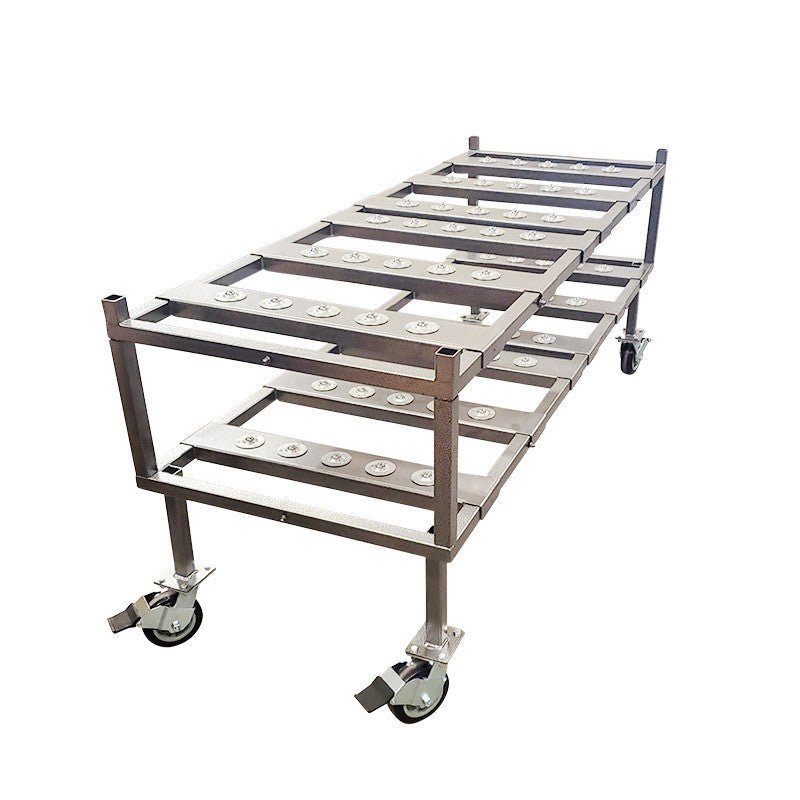What Temperature Should a Mortuary Cooler Be Set At? The Complete Guide
Introduction
Mortuary coolers are the backbone of preservation in funeral homes, hospitals, universities, and medical examiners’ facilities. One of the most frequently asked questions from directors, technicians, and facility managers is:
“What temperature should a mortuary cooler be set at?”
The answer is critical — too warm and you risk accelerated decomposition, too cold and you can damage tissue or make viewing difficult. This guide provides a detailed, authoritative answer that applies across industries, giving you the knowledge you need to run your facility confidently and safely.
Understanding the Purpose of a Mortuary Cooler
A mortuary cooler is designed to slow down decomposition by controlling temperature and humidity. Unlike freezers, which bring temperatures below 32°F, mortuary coolers maintain a range just above freezing.
Why? Because in most cases, families want an opportunity for viewing, identification, or funeral arrangements. A body held at freezer temperature (below 32°F) will quickly freeze solid, causing visible damage.
Thus, precision control of cooler temperature is essential.
The Standard Temperature Range
The industry standard for mortuary coolers is:
- 34°F – 40°F (1°C – 4°C)
This range ensures:
- Effective slowing of decomposition.
- Preservation of tissue for embalming or autopsy.
- Appropriate conditions for short- and medium-term storage.
Why Not Lower?
Below 32°F, ice crystals form in tissue. This creates a frozen body, which can make embalming, examination, or viewing extremely difficult.
Why Not Higher?
Above 40°F, decomposition accelerates, leading to odor, discoloration, and potential biohazard risk.
Different Applications, Different Needs
While the 34–40°F range is universal, different facilities may adjust within that range based on needs:
1.
Funeral Homes
- Typical setting: 36°F – 38°F
- Balances preservation with presentability.
- Allows flexibility for embalming schedules.
2.
Hospitals & Medical Examiners
- Typical setting: 34°F – 36°F
- Slightly cooler to ensure longer preservation while awaiting autopsy, transport, or family decisions.
3.
Universities & Research Facilities
- May set temperatures slightly differently depending on research protocols.
- Sometimes paired with humidity control for long-term study.
Factors That Influence Ideal Cooler Temperature
-
Duration of Storage
- Short-term (under 7 days): 36°F – 38°F is typical.
- Longer-term (2–3 weeks): 34°F – 36°F for added preservation.
-
-
Body Condition
- Embalmed remains may allow for slightly higher storage temps.
- Unembalmed remains require lower temps to ensure preservation.
-
-
Cooler Type
- Upright mortuary coolers (2–4 body units) are often used in funeral homes.
- Walk-in coolers for larger facilities can be set slightly cooler due to more frequent access.
-
-
Frequency of Access
- More door openings = more temperature fluctuation.
- Facilities with heavy use benefit from slightly lower baseline temps.
-
The Science Behind the Range
Decomposition is caused by bacteria, enzymes, and chemical processes. These processes accelerate in warm environments but slow significantly at lower temperatures.
- At 34°F, bacterial activity is slowed to a crawl, though not entirely stopped.
- At 38°F, decomposition is slowed enough for funeral timelines but remains manageable for embalming.
The balance is preservation without freezing.
Mortuary Cooler vs. Morgue Freezer
A common question is whether freezers are better for long-term preservation. Let’s compare:
-
Mortuary Cooler (34–40°F)
- Ideal for short- to medium-term storage (days to weeks).
- Keeps body tissue in a viewable condition.
- Allows for embalming and autopsy procedures.
-
-
Morgue Freezer (0–32°F)
- Used for long-term preservation (weeks to months).
- Body becomes frozen, making embalming/viewing more difficult.
- Typically used in disaster response, high-capacity morgues, or cases of delayed identification.
-
Most funeral homes and hospitals rely on mortuary coolers, not freezers.
Energy Efficiency and Temperature Settings
Running a cooler at the lowest end (34°F) requires more compressor power and energy. While this ensures longer preservation, it can increase operational costs.
Facilities often choose 36°F – 38°F to balance:
- Energy efficiency.
- Preservation needs.
- Reduced wear on equipment.
High-quality mortuary coolers (like those from American Mortuary Coolers) use thick insulation, energy-efficient compressors, and digital controls to hold precise temperatures without excessive energy draw.
Common Mistakes in Mortuary Cooler Settings
-
Setting Below Freezing (32°F or Lower)
- Causes tissue freezing and structural damage.
-
-
Improper Calibration
- A thermostat off by even 2°F can reduce preservation quality.
- Regular calibration is essential.
-
-
Overcrowding
- Blocking air circulation inside the cooler leads to uneven temperatures.
-
-
Ignoring Door Openings
- Frequent entry requires temperature adjustment or better insulation.
-
Best Practices for Maintaining Proper Temperature
- Calibrate regularly – At least once per year, check digital thermostat against an independent thermometer.
- Install alarms – Many modern systems include alerts if temperature rises above 40°F.
- Ensure airflow – Avoid blocking fans or stacking bodies too tightly.
- Perform preventive maintenance – Clean condenser coils, check refrigerant levels, and inspect door seals.
Regulatory Guidance
While not always mandated, many public health departments and medical examiner offices provide guidelines:
- CDC & WHO recommend body storage at 34–39°F (1–4°C) for non-frozen preservation.
- Many states adopt similar ranges into funeral and medical statutes.
Following this standard ensures compliance and safety.
How American Mortuary Coolers Ensure Temperature Precision
At American Mortuary Coolers, we engineer each cooler to hold steady in the 34–40°F range with minimal fluctuation.
Key features include:
- Digital thermostat controls with easy calibration.
- Heavy-duty compressors designed for 24/7 operation.
- High R-value insulation for consistent temperature retention.
- Custom designs (upright, walk-in, roll-in) to meet facility needs.
Unlike mass resellers, we manufacture and support our products directly in the USA — ensuring quality, reliability, and long-term service.
Frequently Asked Questions
Q: Can I store bodies at 32°F?
A: It’s not recommended. Tissue freezing can interfere with embalming and viewing.
Q: How long can a body be stored in a mortuary cooler?
A: At 36–38°F, a body can be preserved for 2–3 weeks.
Q: Do different religions require different storage practices?
A: Yes. Some faiths prohibit embalming, making precise cooler temperatures even more critical.
Q: What’s the difference between a mortuary cooler and a portable cooler?
A: Portable coolers are designed for transport or temporary use, while stationary units are built for long-term facility storage.
Conclusion
The ideal mortuary cooler temperature is between 34°F and 40°F, with most facilities choosing 36–38°F for balance between preservation and efficiency.
By maintaining this range, you ensure safety, dignity, and compliance — whether you’re running a funeral home, hospital, or research facility.
At American Mortuary Coolers, we design and build state-of-the-art systems engineered for precision, durability, and long-term service.
👉 Explore our mortuary cooler models to find the right solution for your facility.



